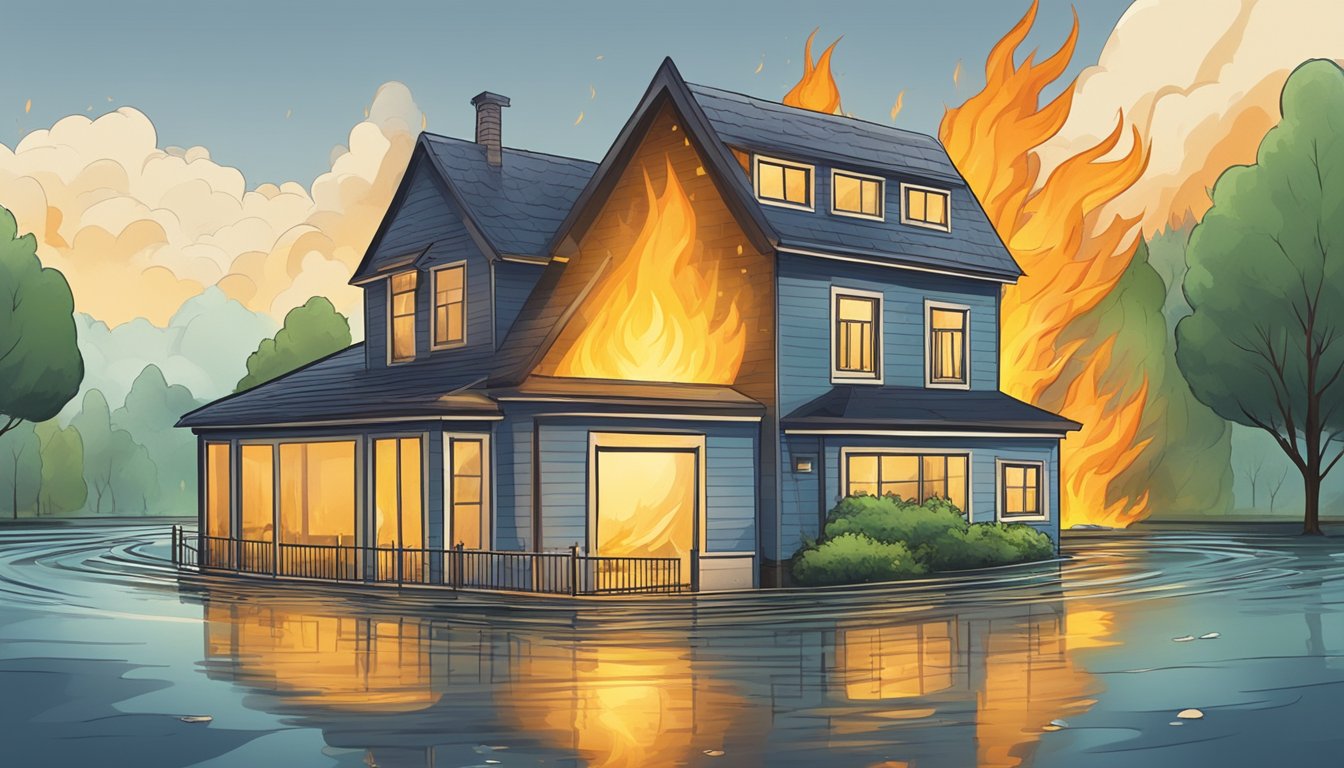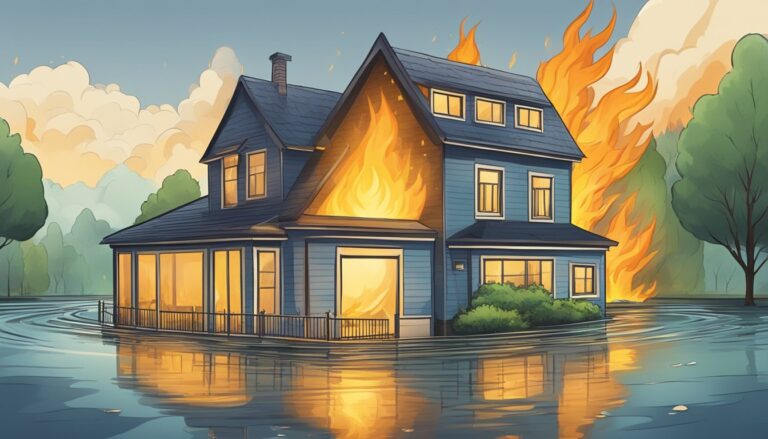Understanding Liability Insurance

Liability insurance protects you when you’re responsible for causing injury or property damage to others.
This type of insurance is crucial for both individuals and businesses.
Key Components of Liability Insurance
- Liability coverage: Pays for legal costs and damages if you’re sued for negligence.
- Coverage limits: Defines the maximum amount your insurer will pay out.
- Policy limit: The total amount your insurance will cover during the policy period.
- Deductible: The amount you must pay out-of-pocket before your insurance kicks in.
Types of Liability Insurance
- Bodily injury liability: Covers medical expenses, lost wages, and legal fees if you injure someone.
- Property damage liability: Covers the cost of repairs if you damage someone else’s property.
Additional Coverage Options
- Umbrella coverage: Extends your liability protection beyond the limits of your standard insurance policies to cover significant claims.
- Collision coverage: Helps pay for repairs to your vehicle if it’s damaged in an accident.
Importance for Businesses
For businesses, liability insurance provides essential protection against claims of negligence.
Commercial general liability is a common type, covering a wide range of potential risks.
Errors & Omissions (E&O) insurance is also vital, safeguarding professionals from claims related to their performance or advice.
Liability insurance is a critical part of risk management, helping you identify, assess, and mitigate risks effectively.
By understanding and utilizing this form of insurance, you can protect yourself from significant financial losses.
Insurance in Practice

Understanding how property and casualty insurance work in real life helps you see their value.
This section gives specific examples and real-life scenarios.
Real-Life Scenarios
Imagine you own a home, and a severe storm damages your roof. Homeowners insurance typically covers the cost of repairs.
If you’re a renter and a fire destroys your belongings, renters insurance will replace your personal property.
For car owners, a collision that damages your vehicle falls under auto insurance.
In another case, if you own a small business and a customer slips and falls, resulting in medical expenses, your business insurance would handle the liability claims.
These scenarios highlight the practical benefits of having the right coverage.
Case Studies
In one study, a homeowner faced significant costs from a kitchen fire.
The insurance company promptly processed their claim, covering the physical damage and helping them rebuild.
Another case involved a tenant who experienced a theft at their apartment.
Their renter’s insurance not only replaced stolen items but also helped them with temporary living expenses.
A small business owner had to shut down temporarily due to a covered accident. Business insurance provided compensation for lost income during the closure, showcasing the importance of comprehensive coverage.
These examples illustrate how proper insurance can mitigate financial risks and offer peace of mind.
For more detailed terms and claims information, you can visit the definitions of claimant and auto insurance.
Related Terms and Concepts
Property and casualty insurance involves protecting what you own and covering liabilities. Property insurance covers damages to physical items like homes and vehicles.
This includes protection against events such as vandalism, natural disasters, and theft.
Casualty coverage focuses on liabilities.
It covers costs related to injuries or property damage for which you may be responsible. Auto insurance is a common type, covering damages from car accidents and liability for injuries caused.
When you file a claim, you request your insurance company to pay for a covered loss.
Understanding claim processes is vital to ensure you get the compensation you deserve.
You can learn more about claims through resources like this.
Premiums are the payments you make to keep your policy active.
They vary based on factors such as policy limits and coverage types.
Discover how premiums are calculated through detailed guides.
In your policies, you’ll encounter terms like limits and perils. Policy limits define the maximum amount your insurer will pay for a loss. Perils are the causes of loss covered by your policy, such as fire or theft.
You should also consider the role of an insurance advisor.
They help you understand your options and find suitable coverage.
Insurance brokers can provide expert advice tailored to your needs.
Certain policies include personal property coverage for items within your home.
This can help replace belongings damaged in a natural disaster or stolen during a burglary.
Keeping these concepts in mind ensures you are better prepared when discussing insurance with professionals and reviewing your policies.






